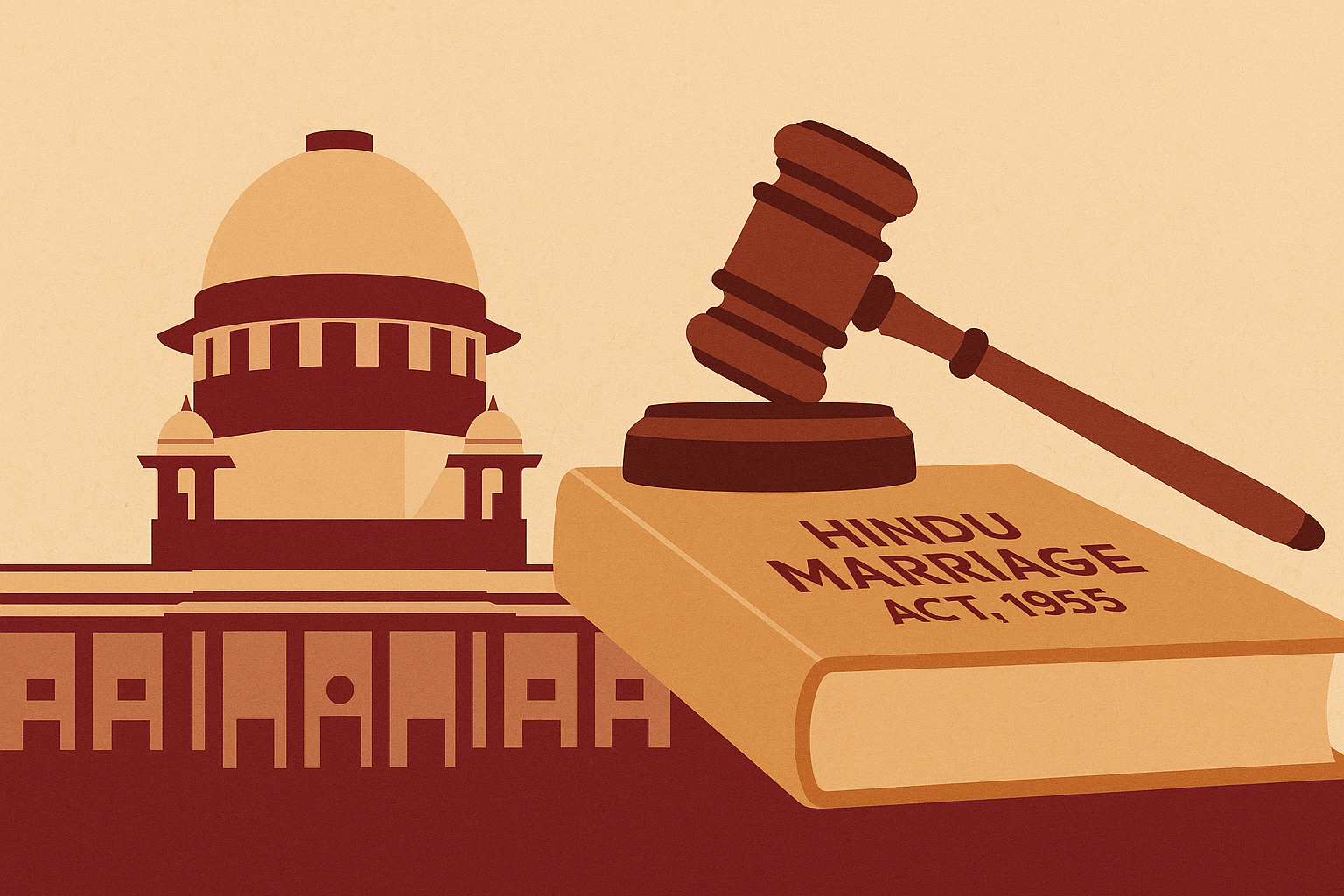
SC Orders Rs 50,000 Permanent Alimony with Biennial Hike
Introduction
Keeping up with recent Supreme Court judgments is essential for judicial services and LLM entrance aspirants. In May 2025, the Supreme Court delivered an important ruling in a matrimonial case, significantly enhancing the amount of permanent alimony and clarifying principles under Section 25 of the Hindu Marriage Act, 1955. This judgment illustrates how courts balance economic realities with social justice, making it a notable addition to recent case law in family law.
Facts of the Case
The case arose from a matrimonial dispute where the marriage had ended several years earlier. Initially, the trial court and the High Court awarded the wife permanent alimony of Rs 20,000 per month, considering factors such as the length of marriage and the financial capacity of the husband. The wife, however, appealed to the Supreme Court, arguing that the amount was inadequate given her age, inability to earn a sustainable income, rising cost of living, and inflation.
She also submitted that she had no permanent place to live and required secure housing to maintain a dignified life after divorce. The husband had better earning capacity, was gainfully employed, and owned property that could support a higher amount of maintenance and residential security for the wife. The Supreme Court heard both sides, examined the economic circumstances, and reviewed relevant provisions of the Hindu Marriage Act before delivering its final order.
What the Supreme Court Held
- The Supreme Court increased the permanent alimony to Rs 50,000 per month, replacing the earlier amount of Rs 20,000 fixed by the High Court. This increase was justified by the need to ensure the wife’s standard of living and meet present-day financial demands.
- The Court directed that this amount should be subject to a biennial increase (every two years) to account for inflation and rising costs, acknowledging that a fixed amount would lose value over time.
- The Court also ordered the husband to transfer ownership of a residential house to the wife. This was seen as necessary to secure her long-term housing needs and prevent her from facing financial vulnerability or social disadvantage due to lack of shelter.
- In its reasoning, the Supreme Court referred to Section 25 of the Hindu Marriage Act, 1955, which grants courts broad discretion to fix an amount “having regard to the respondent’s own income and other property, the income and other property of the applicant, and the conduct of the parties.”
- The Court emphasized that permanent alimony must ensure that the divorced spouse can live with dignity, in a manner that is not wholly unequal to the standard enjoyed during marriage, particularly where the spouse seeking alimony lacks an independent income.
Why This Judgment Matters for Aspirants
- It highlights how courts apply judicial discretion under Section 25 HMA in light of current economic realities like inflation and rising living expenses.
- It demonstrates the Supreme Court’s approach to economic justice and social welfare by ensuring divorced spouses are not left in financial hardship.
- It adds to the body of recent and relevant family law judgments that judiciary and LLM aspirants should know and be able to discuss in their exams and interviews.
Conclusion
This ruling by the Supreme Court serves as an important example of how the law adapts to protect vulnerable parties in matrimonial disputes. It reinforces the principle that permanent alimony should reflect real economic conditions and uphold the right to live with dignity after divorce. For judicial services and LLM entrance aspirants, understanding such judgments enriches both legal knowledge and perspective on the evolving role of courts in family law.
For more updates on recent Supreme Court judgments, family law case summaries, and detailed analysis, follow our blog at Delhi Law Academy.

